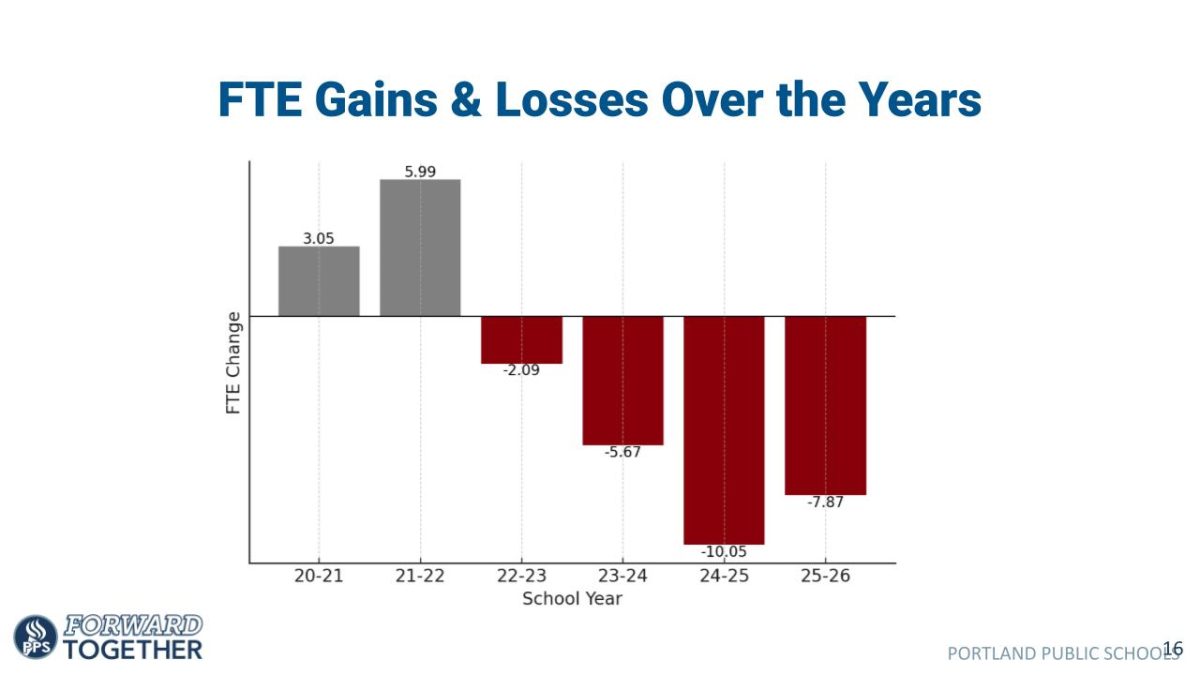
Sleep is essential for our health including the prevention of diseases like heart disease, diabetes and dementia. The proliferation of artificial light from our phones, televisions, and computer screens has significantly reduced the amount of sleep Americans are getting each night.
Photo By: Bijou Allard
Despite the fact that we spend over a quarter of our lives asleep, most of us are largely unaware of what happens to our bodies while we’re in dreamland.
On a typical night, our brains cycle through several different stages of sleep. The first stage, NREM1, is the shallowest and lasts only five minutes. Electric sparks, known as sleep spindles, signal the brain’s transition into NREM2 by zapping the cerebral cortex. During this stage, body temperature drops as heart rate and breathing regulate. Despite that NREM2 lasts up to 50 minutes, most of the body’s recuperating happens in stages three and four.
In these two stages, large, rolling, delta brain waves move slowly across the cerebral cortex. In stage three these waves are present less than half the time; in stage four, more than half. It’s in these stages of deep sleep that our cells produce the most artificial growth hormone, which is needed to repair bones and muscles. Evidence also indicates that deep sleep is critical for maintaining a healthy immune system, body temperature, and blood pressure. Without enough sleep, our body is unable to effectively regulate our moods or recover from illness.
The final stage of sleep, REM (Rapid Eye Movement sleep), wasn’t officially discovered until 1953 by Eugene Aserinsky and Nathaniel Kleitman at the University of Chicago. Before then, this stage of sleep was thought to be insignificant, similar to NREM1. It wasn’t until the movement of the eyes was charted that we finally understood that all vivid dreaming takes place during this stage.
Despite the fact that most adults only spend five percent of their time asleep in REM, scientists speculate that specific sequences of REM sleep optimize our physical and mental recuperation. During this stage of sleep, we are completely incapable of physical response, unable to even regulate our own blood pressure. The production of two neurotransmitters, serotonin and norepinephrine, essential in enabling our cells to communicate, completely shuts off. Without these chemicals, our ability to learn and remember is severely impaired, however, our brains remain fully active, buzzing and humming with information just as much as when we are awake.
It wasn’t until the 1950s that scientists began to understand the importance of sleep in human health. Previously, most believed that sleep was a passive activity at which the mind lay idle and dormant. The reality is that our sleep-wake pattern, controlled by circadian rhythms—our brain’s biological clock that aims to keep us in sync with the sun—is a central feature of human biology. Recent research has shown that when this rhythm breaks down, we are at an increased risk for illnesses such as heart disease, diabetes, and dementia.
Unfortunately, the proliferation of artificial light from our televisions, phones, and computer screens has disrupted our circadian rhythms, thus depriving us of sleep. The average American today sleeps less than seven hours a night, two hours less than we did a century ago. In 2016, sleep-deprived consumers spend a whopping 66 billion dollars for devices, medications, and studies to improve their quality of sleep. Similarly, A 2017 study found that lack of sleep can result in reduced productivity as well as more work absences, industrial and road accidents, health care expenses, and medical errors caused by sleep-deprived surgeons.
These days we are seemingly at war with sleep, battling insomnia with sleeping pills and chugging coffee to fight morning fatigue. By evading the biological journey humans were built to take each night we are all suffering the consequences.
































